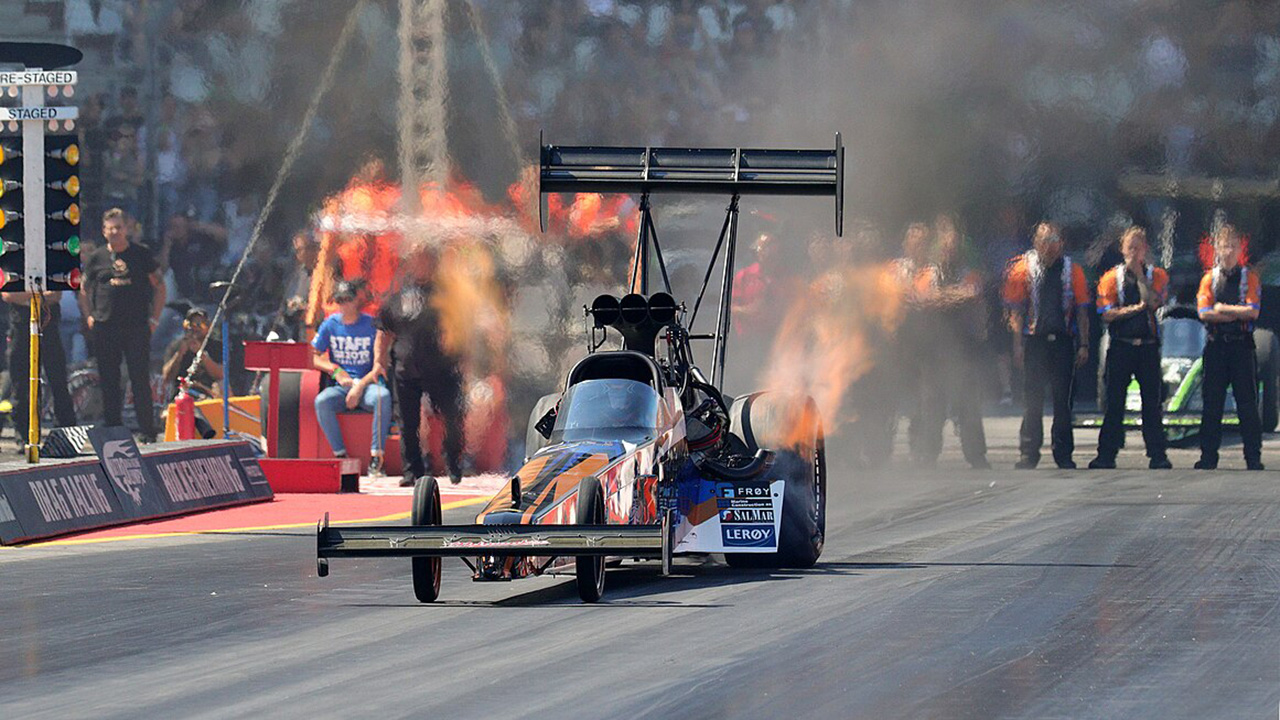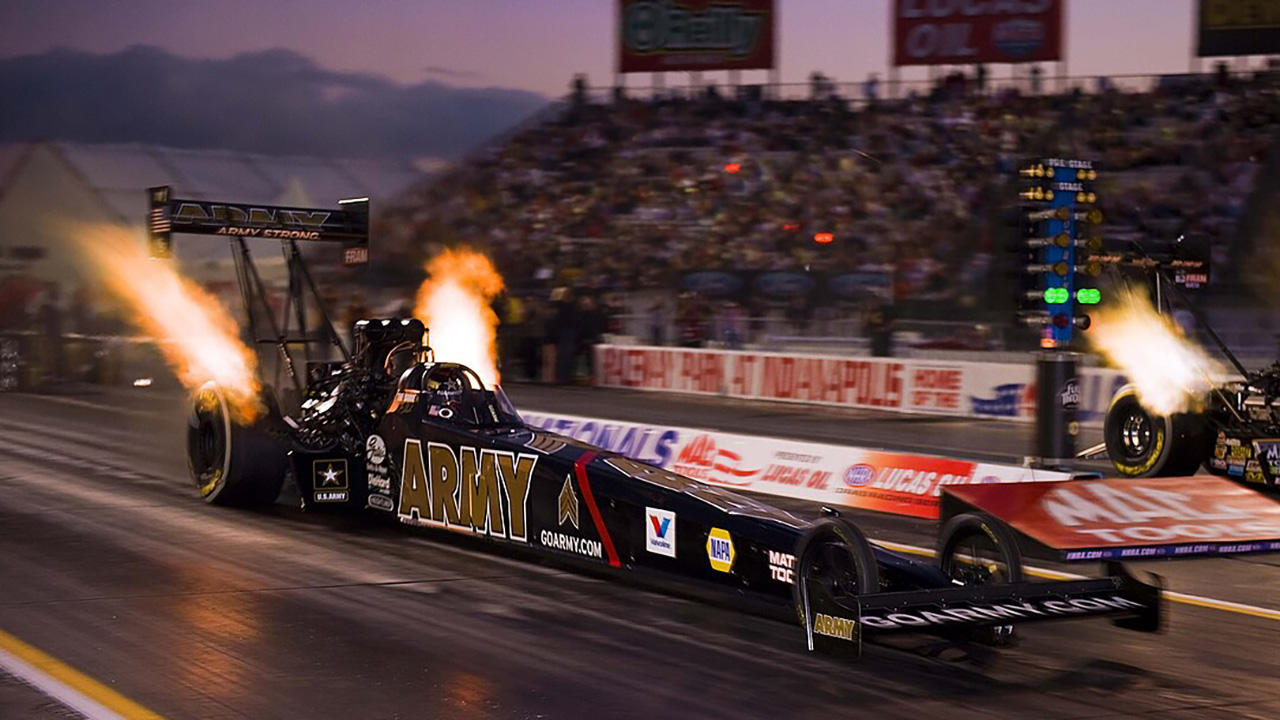Drag racing is an exhilarating motorsport where cars reach incredible speeds in mere seconds. However, the immense power and pressure involved can lead to catastrophic engine failures. Engineering marvels and strategies ensure that drag car engines withstand these high-stakes races without blowing up.
Understanding the Engineering Behind Drag Car Engines

Superchargers and turbochargers play a pivotal role in the power output of drag cars. These forced induction systems increase engine power by compressing the air entering the engine, allowing more fuel to be burned and, consequently, generating more power. However, there is a delicate balance to maintain. Excessive boost levels can lead to overwhelming engine stress, potentially causing mechanical failures. Engineers meticulously tune these systems to maximize power while ensuring engine longevity.
Advanced cooling techniques are critical in drag racing. Unlike regular cars, dragsters often forgo traditional radiators due to their short run times and the need for weight reduction. Instead, they use alternative methods like ice water tanks and intercoolers to manage engine temperatures. This approach prevents overheating, a common issue in such high-performance environments.
The Importance of Fuel and Lubrication Systems

The fuel used in drag racing is as specialized as the cars themselves. High-octane fuel mixtures are essential in controlling combustion and preventing engine knock, a condition that can lead to severe engine damage. These fuels allow for higher compression ratios and boost levels, translating to more power without increasing the risk of pre-ignition.
Equally important is the role of advanced oil and lubrication systems. Synthetic oils are commonly used to reduce friction and heat, providing a protective layer between moving parts. Maintaining consistent oil pressure is crucial, as it ensures the lubrication reaches all engine components, reducing wear and preventing potential failures. The use of high-quality lubricants is a key factor in keeping drag cars running optimally under extreme conditions.
Engine Construction and Materials

Heavy-duty engine components are a necessity in drag racing. Reinforced engine blocks and pistons are standard to withstand the extreme forces during a race. Many teams use forged materials, known for their strength and durability, to construct these components. This choice allows the engines to endure the immense stress and temperatures they are subjected to in a race.
Precision tuning and assembly are just as vital. The meticulous construction of these engines ensures that every part functions perfectly, reducing the risk of failure. Precision tuning further optimizes performance, allowing engineers to tweak various parameters for maximum power and reliability. This careful attention to detail is what separates successful teams from the rest in the competitive world of drag racing.
Monitoring and Diagnostics

Real-time data collection is a game-changer in the world of drag racing. Sensors and telemetry systems provide continuous feedback on engine performance, enabling teams to make quick adjustments when necessary. This data-driven approach helps in identifying potential issues before they become catastrophic, allowing for timely interventions during a race.
Post-race analysis complements this real-time data. After each race, thorough engine inspections are conducted to assess wear and potential damage. By analyzing data collected during the race, teams can make informed decisions about necessary repairs and adjustments. This ongoing process of evaluation and improvement is crucial in preventing future failures and enhancing overall performance.
Team Dynamics and Strategy

The role of the crew chief and engineers extends beyond just technical know-how. These team leaders are responsible for making crucial decisions that balance speed and engine safety. Strategies such as adjusting boost levels, timing, and fuel mixtures are critical in protecting the engine while maintaining competitive performance.
Driver skill and feedback are equally important in this equation. Experienced drivers like Ryan Blaney contribute significantly to engine longevity through their driving techniques and the feedback they provide to the engineering team. This feedback loop between drivers and engineers is essential for optimizing performance and ensuring the car runs smoothly throughout the race.
Understanding these intricate details of how drag cars keep from blowing their engines provides a glimpse into the fascinating world of motorsports engineering. With the ever-present risk of engine failure, teams employ a combination of technology, skill, and strategy to keep their vehicles at the top of their game. Whether through advanced cooling systems, specialized fuels, or real-time data collection, each component plays a crucial role in ensuring these machines can perform at their peak without succumbing to the intense pressures of drag racing.
Like Fast Lane Only’s content? Be sure to follow us.
Here’s more from us:
*Created with AI assistance and editor review.







Leave a Reply